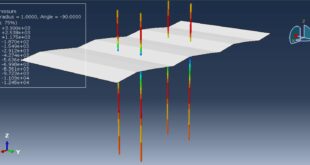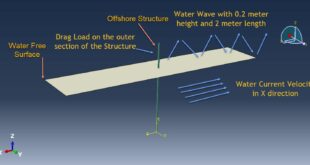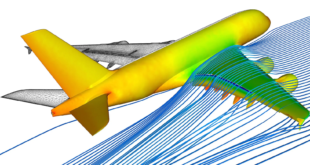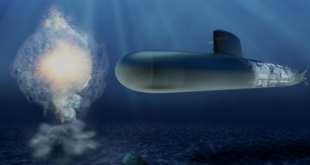Recent rise in terrorist activities around the globe have attracted attention of engineers and scientists towards the vulnerability of buildings and infrastructure to blast loads. The consequent effects of these loads may range from minor damage to structural collapse accompanied by huge loss of life. The masonry, which is the oldest and the most widely used building material either in masonry buildings or in the form of infill walls in reinforced concrete (RC) framed buildings, suffers most damage. Even if there is no complete damage or structural collapse, the flying debris may cause significant loss of lives or injuries. As a result, efforts were made by several investigators to examine feasible methods for strengthening masonry walls in order to enhance their resistance to blast loads. Although several techniques have been tried but one of the most popular methods of retrofitting unreinforced masonry (URM) walls is the application of fiber-reinforced polymers (FRP) to its surface. As the blast causes a pres-sure to be exerted on the surface of a wall, the flexural resistance of the wall needs to be enhanced
In this simulation two case has been investigated, first simulation earthquake load over the masonry wall and second simulation masonry wall under pressure and transverse load.The concrete bricks and concrete column are modeled as three dimensional parts.You can see a figure of assembled parts at below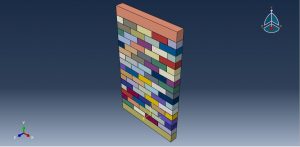
Three dynamic explicit step to simulate the first case and one step to simulate the second step has been used. To model the mortar there are two way. The first way is using a solid part between horizontal and vertical contact surfaces of the block and assign traction separation behavior to it. The second way is using cohesive contact property and define three stiffness data and damage with evolution for it to consider the mortar behavior. In this simulation second way is selected.During the simulation the earthquake load causes a huge deformation and we can see the separation between contact surfaces of blocks and the mortar has failed. You can see some figures of the results at below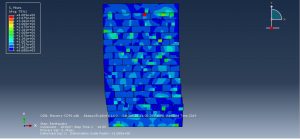
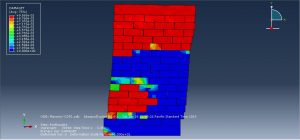
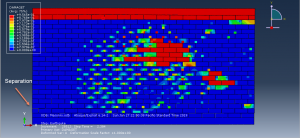
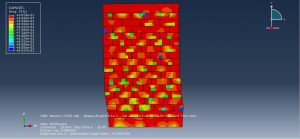
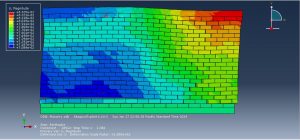
You can provide CAE ,INP,and English video files of this simulation here. The cost of these files is Twenty-Six Euros. you can click on the bellow bottom to beginning process
You can purchase the tutorial through a PayPal account, a Visa, or a Master card, just before payment,send me an email to this address: karampourp@gmail.com
 Abaqus tutorials Abaqus tutorials
Abaqus tutorials Abaqus tutorials
